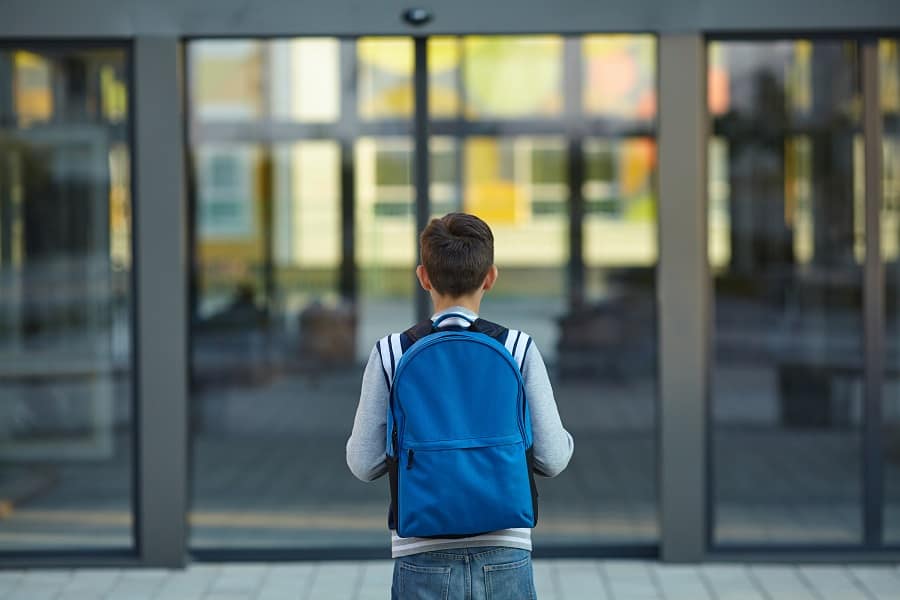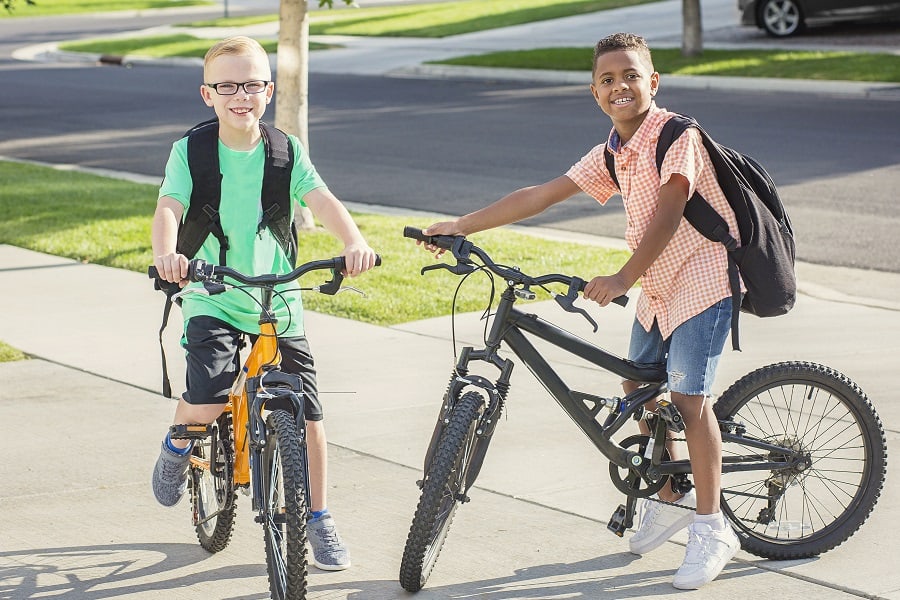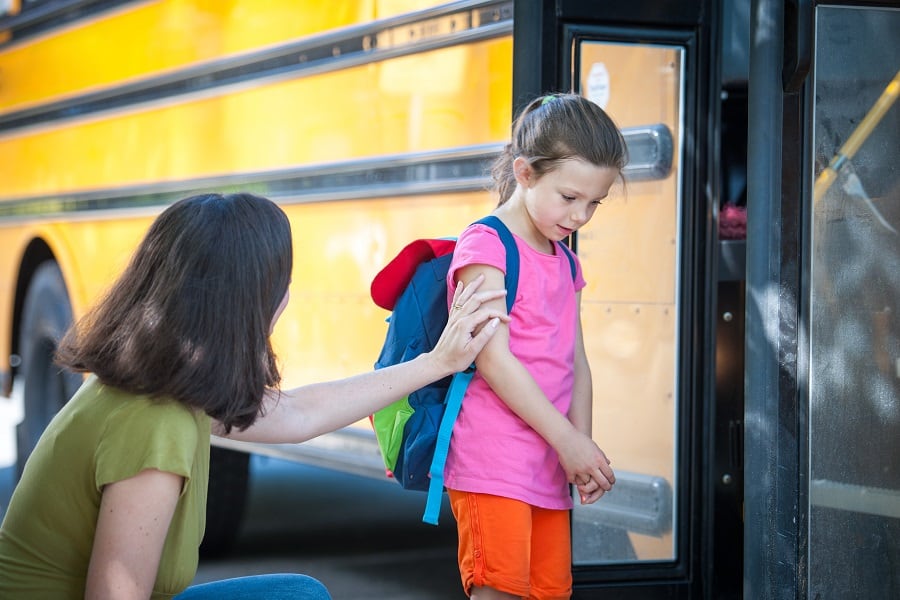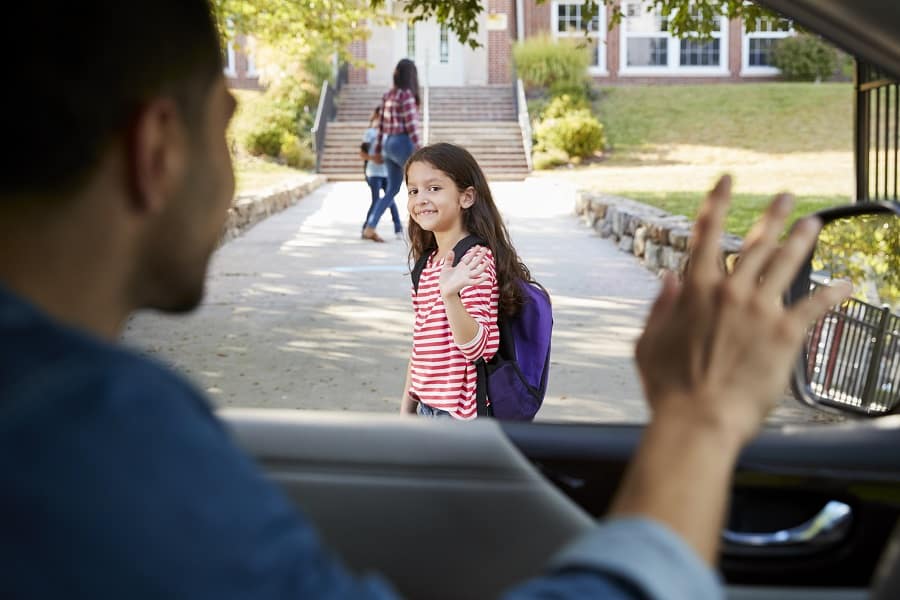Whether back-to-school has you breathing a sigh of relief or bemoaning the end to summer fun, it means big changes for everyone.
For parents and students, it’s the start of a new routine. For teachers, it’s time to learn dozens of new names and faces. And for everyone else, it’s busier roadways, school buses and more young people driving, walking and biking to school.
At Regional One Health, we know everyone plays a role in keeping kids safe as they make their way to class, and we encourage the community to be extra vigilant during the school year – especially now, when the stress of getting used to new routines is at a peak.

Local students are going back to school this week and in the weeks to come. Everyone can do their part to keep them safe by being vigilant on the roadways.
Robert Mabe, NRP, FP-C, EMSI, Trauma and Burn Outreach Coordinator said there are simple steps families should keep in mind as they send their kids off to school.
“We know walking and biking can be a fun and healthy way to get around – but it can also be dangerous. Take simple precautions to stay safe, and for kids biking to school, wearing a helmet is a must! Studies have found a 65 percent or more decrease in severe head and face injuries when used,” Mabe said.
“Children riding school buses should stay aware of their surroundings, walk around the bus in areas where they can see the driver and the driver can see them, and never assume other vehicles will stop for a stopped bus, even with lights and crossing bars activated.”
Mabe also cautioned kids and adults to minimize electronic distractions so they are aware of the vehicles around them; and to make themselves visible, especially if their trip to or from school happens when it isn’t fully light outside.
Motorists who aren’t part of the school commute can also do their part.
Leave extra time to get where you need to go, and be aware of school zones along your route. Also, keep in mind that Tennessee’s new “hands free law” prohibits all drivers from using their cell phone while driving – and violations that occur in school zones incur a hefty $200 fine.
The National Safety Council offers the following tips to make sure everyone puts safety first.

If your child walks to school:
Make sure he or she knows your family’s rules for walking safely. Practice walking to school with your child.
Walk on the sidewalk if one is available. If there is no sidewalk, walk facing traffic.
Before you cross a street, stop and look left, right and left again to check for cars.
Always cross streets at crosswalks or intersections, and make eye contact with drivers before crossing.
Stay alert. Don’t be distracted by your phone, talking to a friend, etc.

If your child bikes to school:
Teach your child the rules of the road, and practice the ride to school.
Ride on the right side of the road, with traffic, and in a single file line.
Come to a complete stop before crossing the street. Get off your bike and walk it across the street.
Stay alert and avoid distracted riding.
Always make sure your child wears a properly-fitted helmet and bright clothing.

If your child takes the bus to school:
Teach them school bus safety rules. Practice those rules frequently.
Go to the bus stop with your child their first few times to teach them the proper way to get on and off the bus.
Teach your child to stand 6 feet (three giant steps) away from the curb to wait for the bus.
If your child must cross the street in front of the bus, teach him or her to walk on the side of the road until they are 10 feet ahead of the bus. Your child and the bus driver should always be able to see each other.

If you drive your child to school (or your teen drives to school):
Stay alert and avoid distracted driving. Remember, using your cell phone while behind the wheel is against the law. It’s also a terrible example for young drivers.
Obey school zone speed limits and follow your school’s drop-off procedure.
Make eye contact with kids who are crossing the street.
Never pass a bus that has stopped to load or unload children.
The area 10 feet around a school bus is the most dangerous for children. Stop far enough back to allow them to safely enter and exit the bus.
Give your teen driver plenty of practice. Most crashes involving teenagers are at least in part due to inexperience.
About Regional One Health
Regional One Health wishes everyone a safe and healthy start to the school year.